A Brief History Of India In 10 Stunning Natural Diamonds
These rare and natural jewels have been at the vanguard of the changing tides of power in India as well as her predominance on a global stage
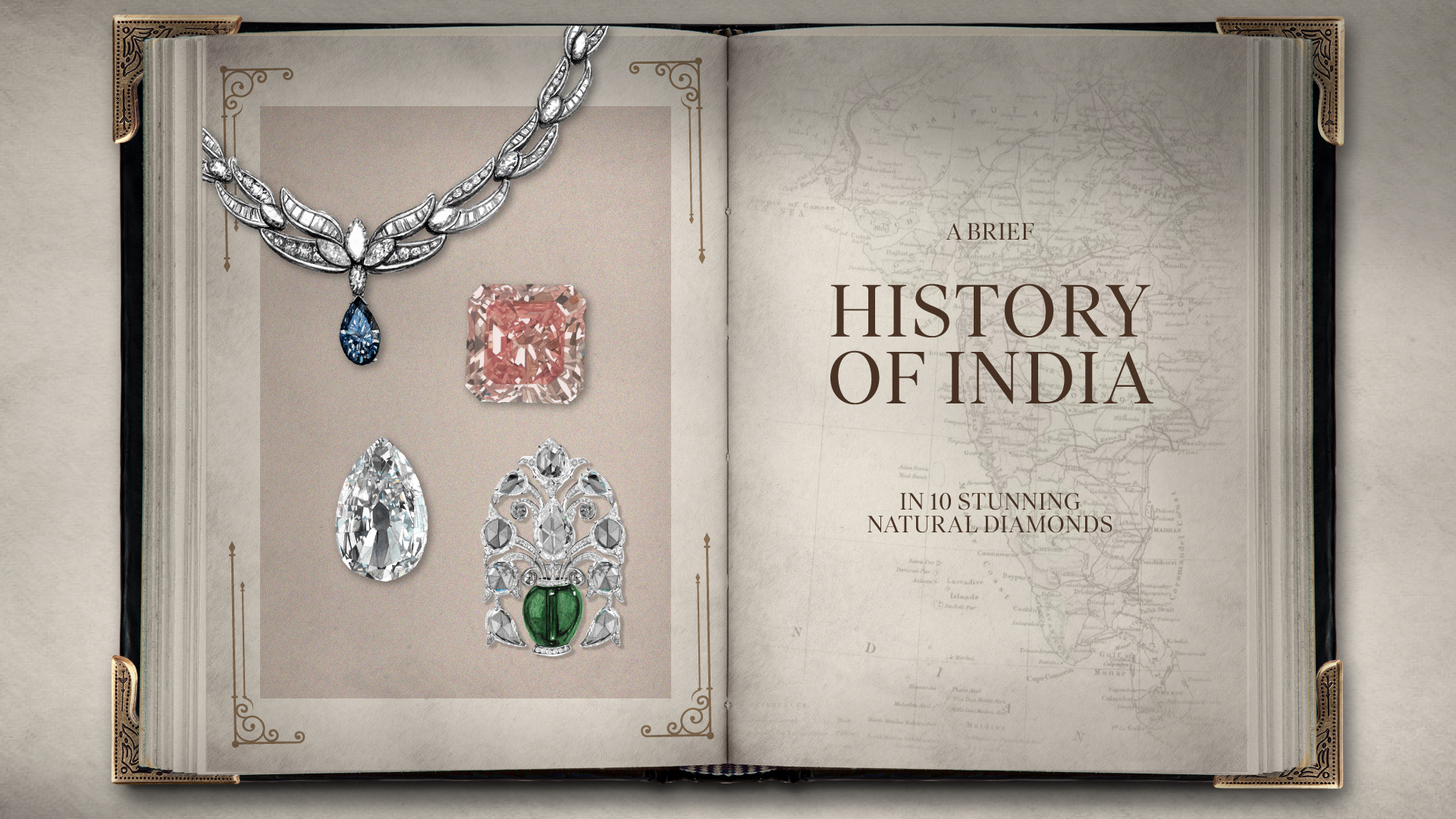
India was the world’s sole supplier of rare natural diamonds, right up to the 18th century. And the fabled mines of Golconda yielded some of the most epic diamonds of all time that bore witness to momentous events that altered the fate of the country.
The Enigmatic Tale of the Agra Diamond
Back in the 16th century, one such rare natural diamond—the pink Agra Diamond—is believed to have been acquired by Babur after conquering the city of Agra in 1526. It is said that he wore the gem in his turban, before bequeathing it to his son Humayun. The brilliantly cut Agra, has changed many hands since, until it took its present spot in the prestigious Al Thani collection, holding in its core a moment that changed the course of this country’s history. Surprisingly, Babur makes no mention of the rose-tinted Agra in his memoirs. Instead, he writes about a diamond, eight mishkal in weight, valued at “two and a half day’s food of the whole world”. There is little doubt that this glittering diamond was none other than the Koh-i-noor (mountain of light). After being carried off to Persia by Nader Shah, set in Shah Jahan’s peacock throne, the diamond passed through the Persian, Afghan and Sikh empires before British colonists acquired it. The Kohinoor today is the focus of anti-colonial furore and the diplomatic sensitivity around it is perhaps why it was conspicuously absent at the recent coronation of the British monarch Charles III.
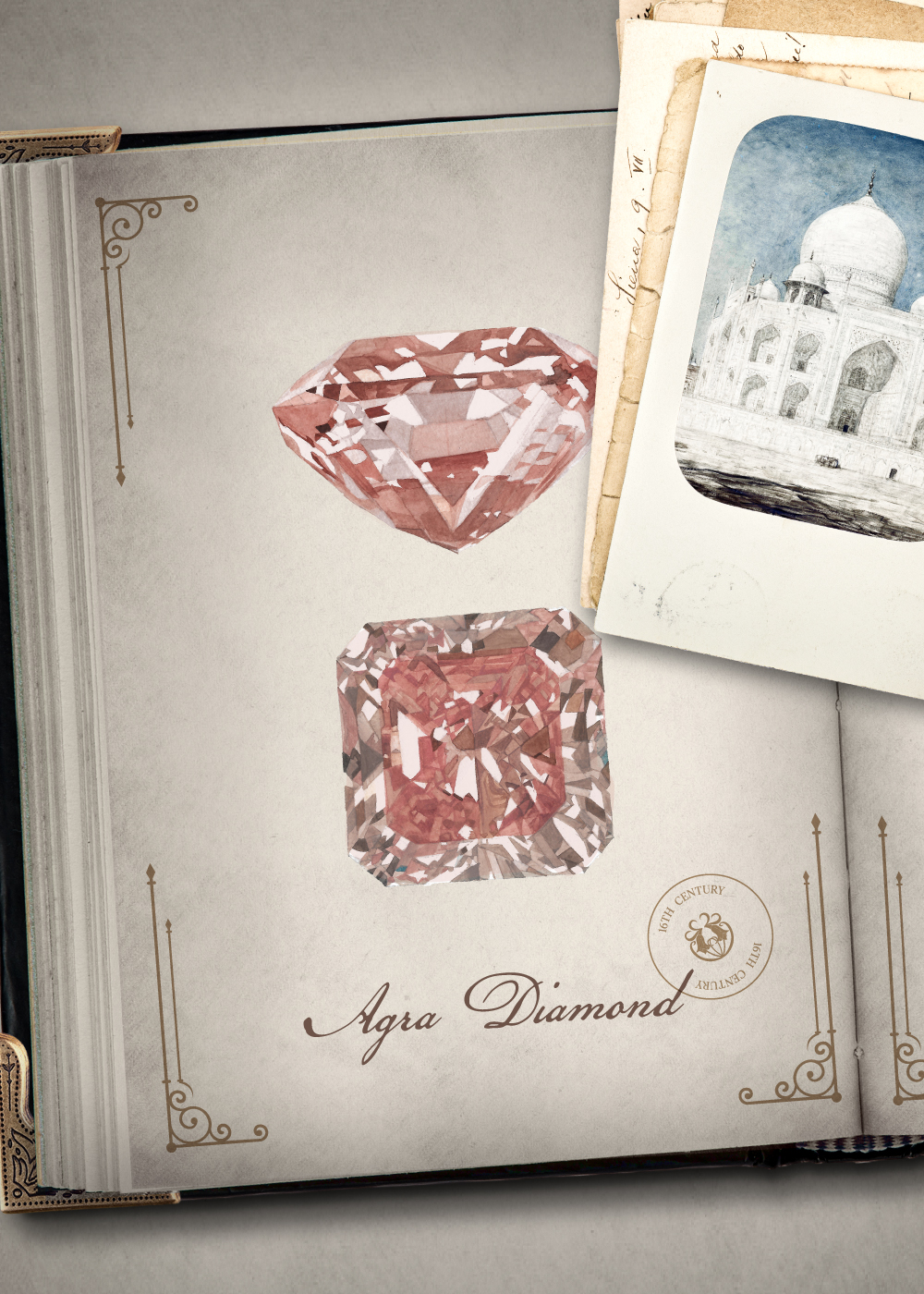
Arcot Diamonds: A Nawab’s Gift to Queen Charlotte
The Kohinoor was not the only extraordinary diamond to leave India. Native rulers, either caught in a show of one-upmanship or keen on currying favour with the British, often sent stunning gifts to the British Crown. Among those best known for their lavish flow of gifts to the King and Queen of England, was the Nawab of Arcot, Mohammad Ali Khan Wallajah who reigned from 1752-1795. Part of the nawab’s many gifts to Queen Charlotte, the wife and consort of King George III, were two pear-shaped and brilliant gems known as the Arcot I & Arcot II diamonds. The Arcot diamonds were sold separately after the death of Queen Charlotte. The Arcot II, lightly recut and weighing 17.21 carats, was part of the Al Thani collection before being sold at an auction at Christie’s in 2019 for a staggering $3,375,000.
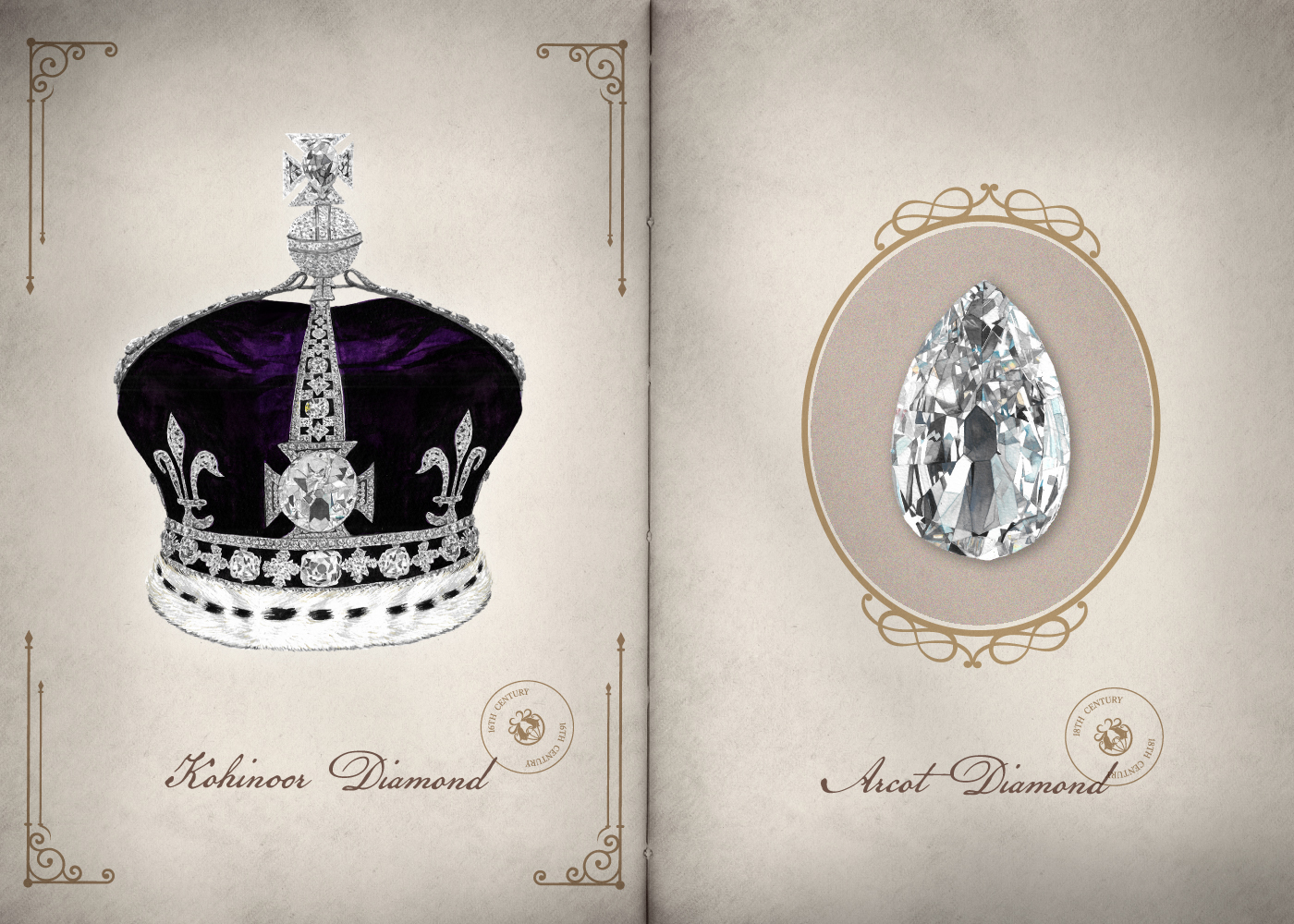
The Enchanting Huma Diamond
Queen Charlotte also received another incomparable treasure from India—the long-tailed Huma or the mythical bird of paradise encrusted with dazzling diamonds, which initially perched on the canopy of the throne of Tipu Sultan, ruler of Mysore. Tipu was regarded as the greatest threat to the British East India Company until his defeat and death in 1799. Soon after their victory, British forces ransacked Tipu’s treasury and the coverings of his magnificent throne were distributed as a prize, marking a symbolic consolidation of British power in India. The glittering Huma was presented to Queen Charlotte by Henry Dundas, the Secretary of State for War.
However, the changing fortunes of kings and dynasties did not only mean an exodus of gems. A clutch of exquisite natural diamonds also arrived in the country. As the independent rulers transitioned to ‘native princes’ under British colonial rule, the Indian royals sought to reinforce their position through a great show of wealth.
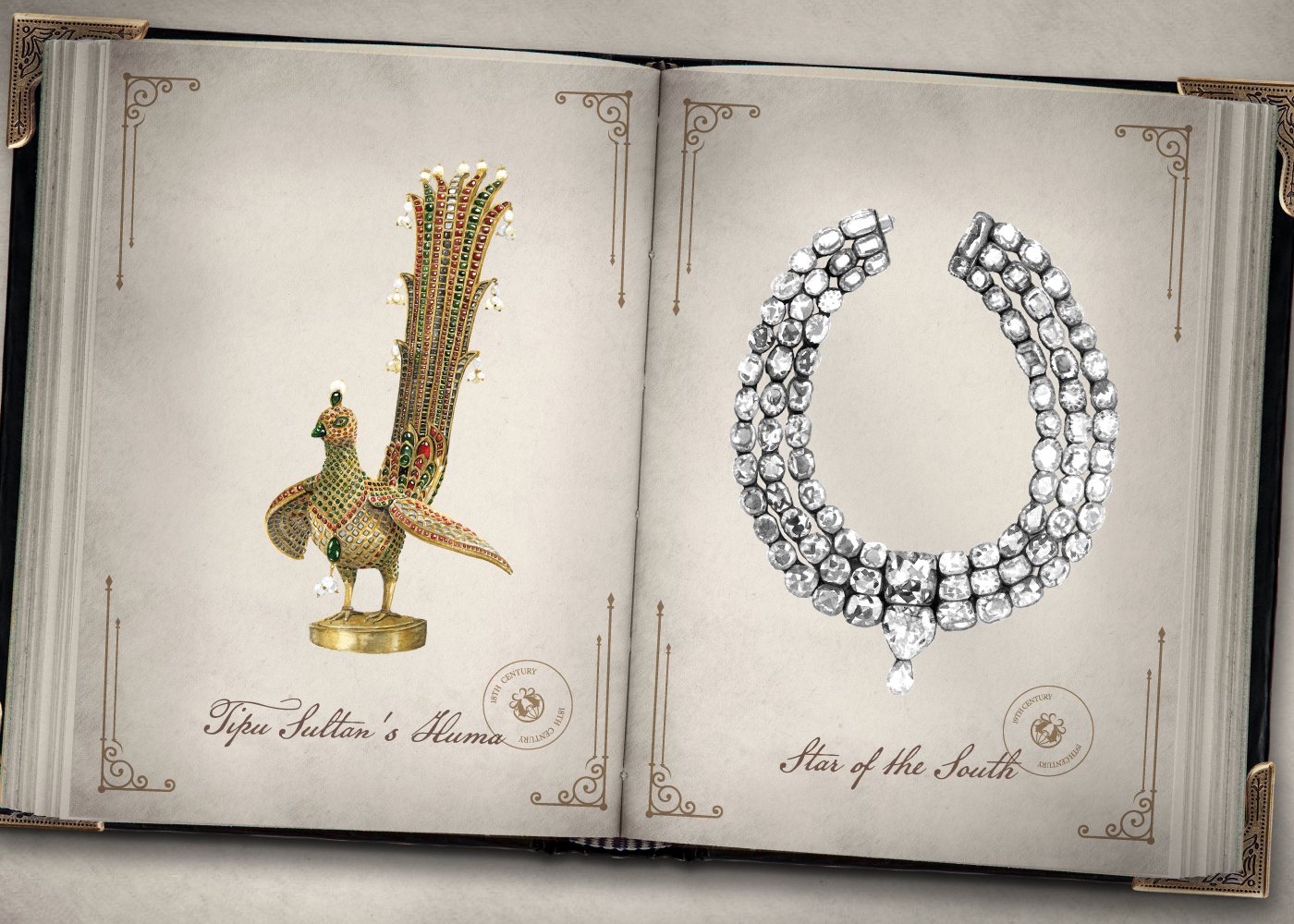
Baroda’s pride: The Star of the South
Take, for instance, the Royal House of Baroda’s Gaekwads whose love of luxury and opulence is legendary. And one of Baroda’s greatest pride was the magnificent Star of the South diamond, an epic rock of extraordinary lustre discovered in the mines of Mina Gerais, Brazil. The diamond was eventually mounted on a dazzling three-tiered diamond necklace. Later, it landed in the private collection of Mumbai’s Rustomjee Jamsetjee, who reportedly sold it to the French luxury brand Cartier in 2002.
Cartier was in fact once a favourite of Indian Maharajas with a taste for Western aesthetics. One such king was Maharaja Bhupinder Singh of Patiala. In the 1920s, he commissioned Cartier to create a ceremonial necklace for him and the result was a five-tiered Art Deco diamond necklace encrusted with a staggering 2930 diamonds. In 1948, the necklace was stolen from the royal treasury. It resurfaced decades later, in broken bits, at an auction house in London from where Cartier purchased the piece and reconstructed it. Even if the necklace no longer exists in its original form, to many, the necklace remains a symbol of the Indian royalty’s power, wealth and exquisite European taste.
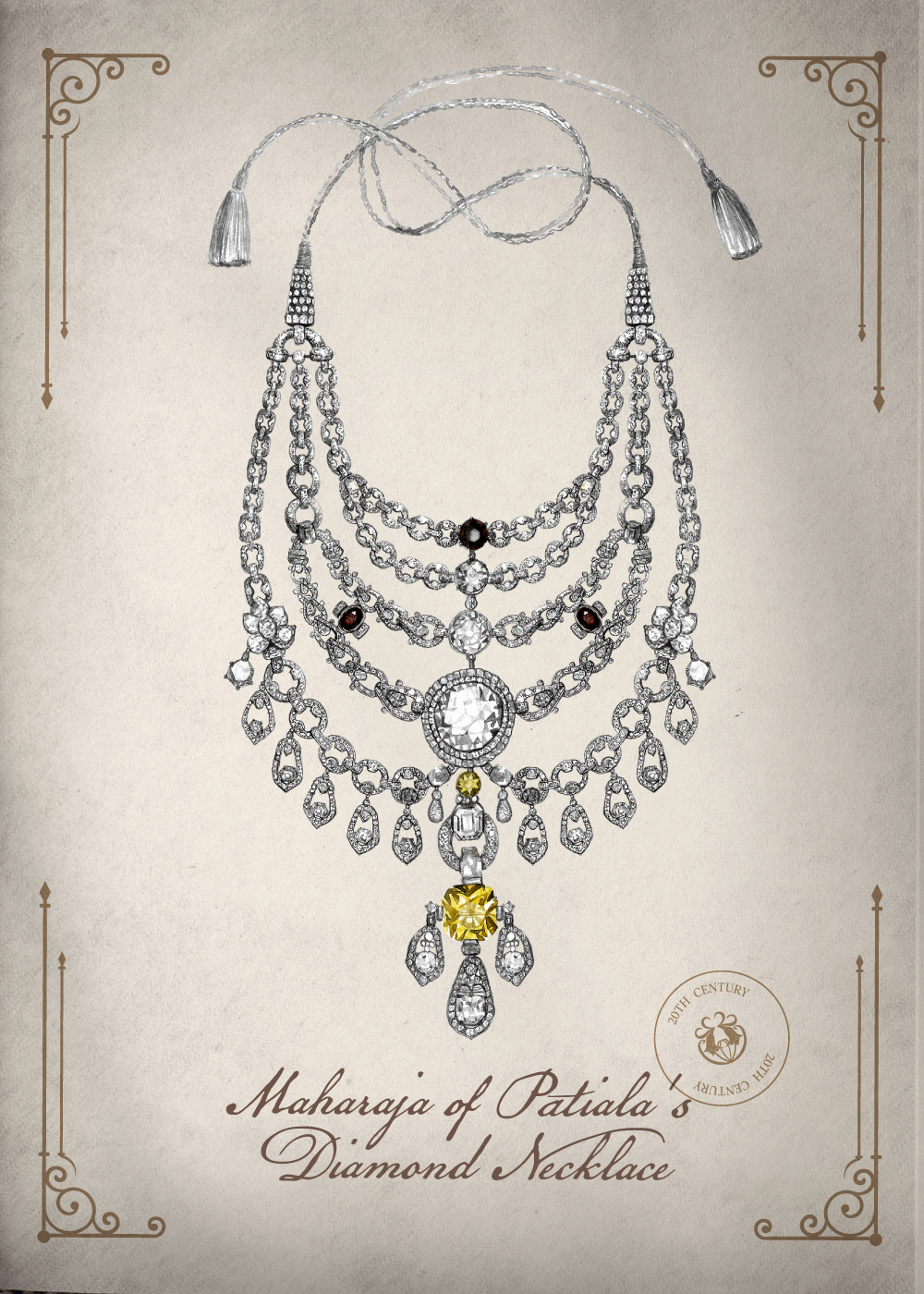
While the 20th-century maharajas commissioned the likes of Boucheron and Cartier to indulge their European aesthetics, illustrious homegrown jewellers had been creating exquisite masterpieces for royals not only in India but around the world. Take for instance, the Kasliwals of Jaipur’s iconic Gem Palace whose jewels adorned everyone from Jackie Kennedy and Oprah Winfrey to Mick Jagger and Angelina Jolie.
Gem Palace’s Iconic Journey
Gem Palace’s storied legacy spanning 173 years, reached new heights in the hands of the late Munnu Kasliwal. His maverick genius came to the fore at a time when India was on the brink of great change. In the 1990s as India opened her doors and aspirations to the world, Munnu with his idiosyncratic flair and knockout necklaces designed to be paired with T-shirts, seemed to represent the spirit of this period of transition. One piece, in particular, captures the moment of transcendence. Kasliwal’s iconic sarpech or turban ornament is crafted in an intricate floral pattern encrusted with polki diamonds. The detachable kalgi aigrette can be worn as a brooch or pendant, while the five foliate panels can be worn both as a turban jewel and a necklace.
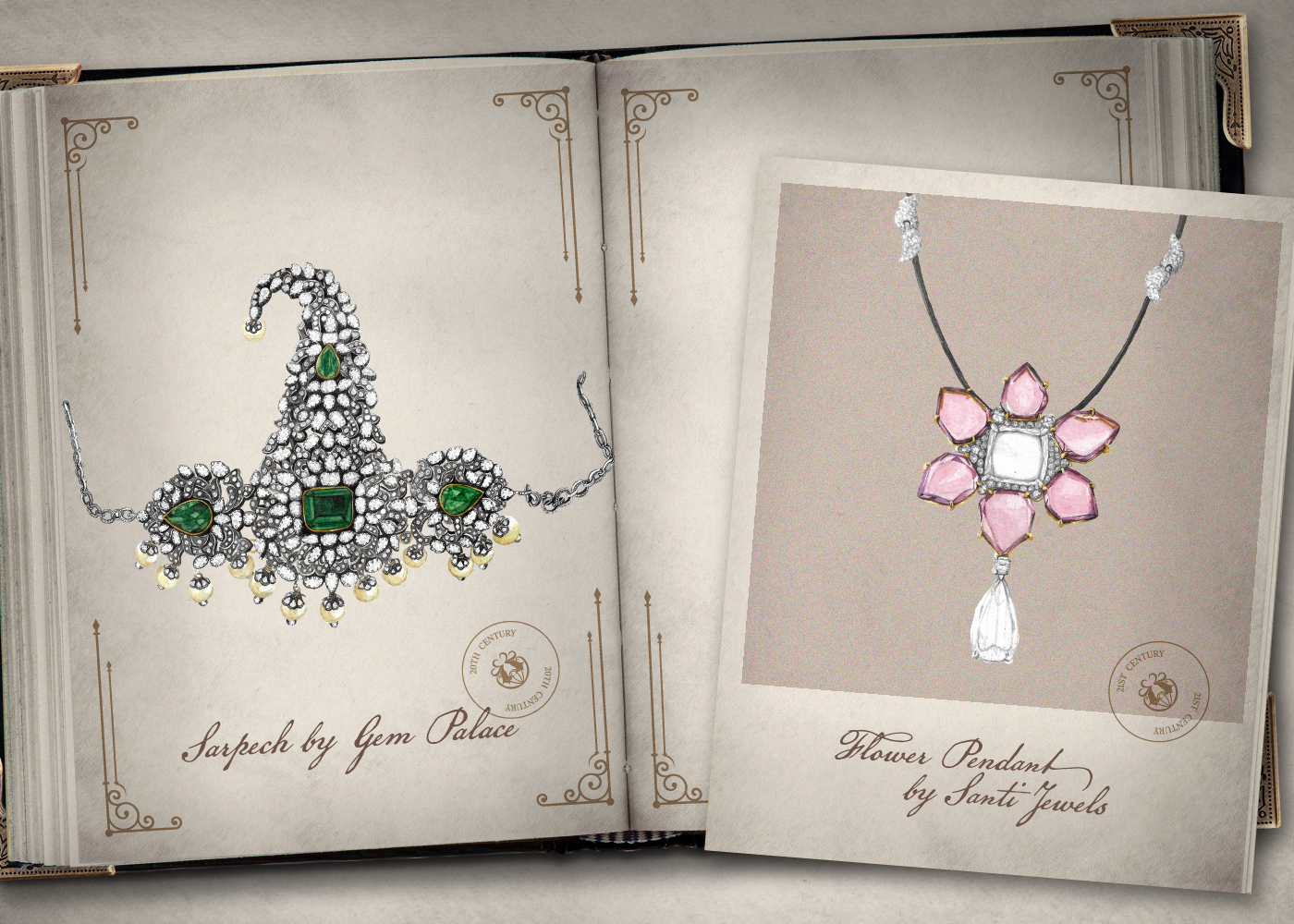
Santi Jewels: Preserving India’s Glittering Heritage
The fact that Jaipur took Indian craftsmanship to the world is evinced by the number of jewellers who have ateliers that are world-renowned. Among them is Santi Choudhary, a 9th-generation jeweller and his son and heir, Krishna Choudhary. At Santi Jewels, his offshoot of the family business, Krishna has scripted a design vocabulary that is fiercely modern but carries the country’s glittering past. One of his most stunning pieces is a necklace comprising a lotus pendant with six early Laldi Mughal Spinels and two Golconda diamonds, which emulates the antique bazuband (armband). Understated and sophisticated, the piece reclaims Indian heritage and constructs a new lexicon for its modern aspirations.
Viren Bhagat: Bridging the Past and Present
Among the 21st-century stars of the Indian diamond business,one name stands out. Viren Bhagat, one of Indian jewellery’s finest auteurs, is the only Indian showcased in the prestigious Al Thani collection. Bhagat is best known for his ingenuity in marrying the old and historic with the contemporary. An iconic piece among them is a diamond and emerald brooch with round and pear-shaped rose-cut and circular-cut diamonds and an emerald. The brooch is designed after the Mughal flowerpot motif and straddles a gamut of influences from nature to classical European art. The standout piece sold for $399,000 at Christie’s ‘Maharajas & Mughal Magnificence’ auction in 2019.
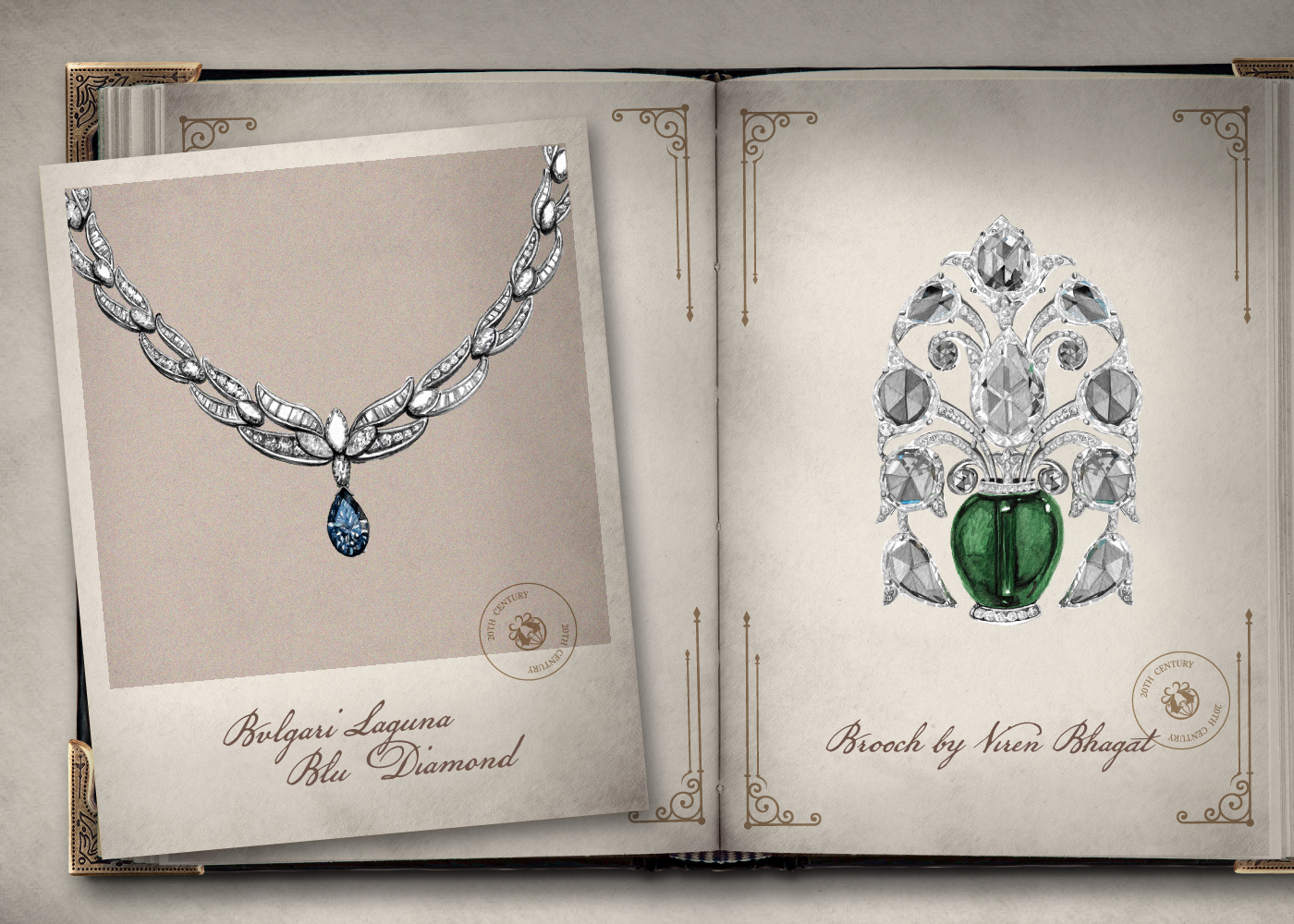
Bvlgari and The New Royals
While kings and courts are a thing of the past, the 21st century has royals of another kind. And if W Magazine’s list of “New Royals” is anything to go by, Indian actress Priyanka Chopra Jonas fits the bill. At the recent Met Gala, Chopra Jonas, named Bvlgari’s global ambassador a few years ago, wore a stunning diamond necklace featuring the legendary 1970 Bvlgari Laguna Blu Diamond. The 11.16-carat vivid blue natural diamond, considered an ultra-rare piece, has been auctioned for a little more than 25 million USD at Sotheby’s in Geneva, thus becoming the most valuable diamond ever sold by the iconic Roman high jewellery house. While the Laguna blue is not Indian, in pedigree or provenance, it marks an interesting moment for the country. Priyanka Chopra is not only a global celebrity, but an important representative of modern India. The striking blue diamond on Chopra coincides beautifully with a moment in history when India is set to take charge on the world stage through its multicultural ambassadors.
